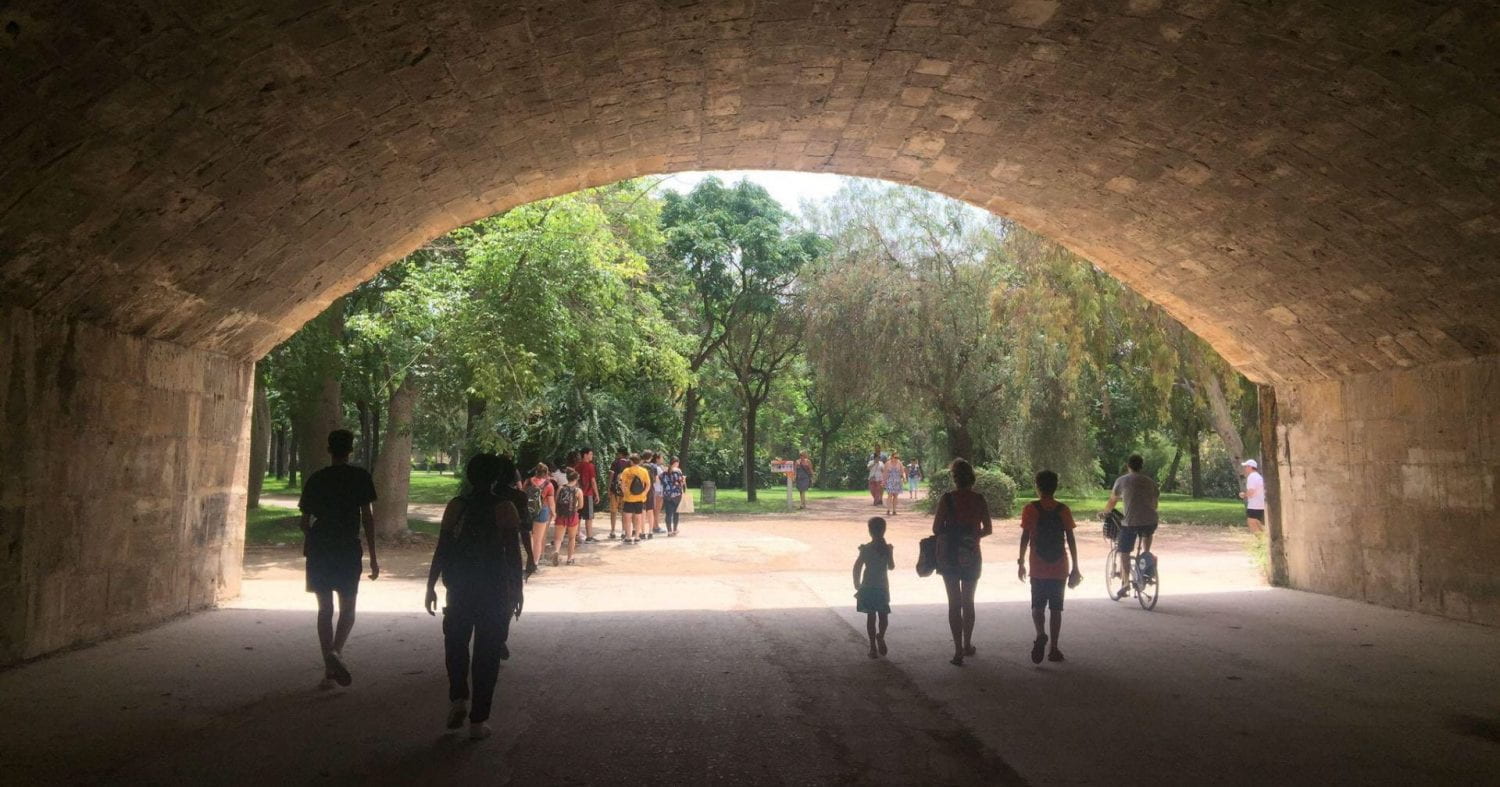Why did you enroll in this course (motivation, prior interests)?
As a first year student trying to figure out what I truly want to spend the rest of my life doing, I knew I needed a range of experiences. Taking general STEM classes and even some career workshops don’t give me a realistic idea of the possibilities I have for my future. When I heard about this program, I was immediately interested, but it was not until I went to the information session that my interest truly piqued. A conversation came up about how college students in STEM, and especially engineering, fields almost always automatically think their future careers are in the industry of their specialization. I hadn’t realized until then that I had succumbed to that idea without thinking, and had inadvertently shut out other possible career paths. The idea of being an engineer and working for non-profits had not occurred to me until then. I enrolled in this course because I wanted to see what it would be like to use what I’ve learned so far to try and solve problems that could actually affect people. I wanted to understand what social impact truly meant, and whether that was something I was capable of doing as a first year college student. I felt limited by my introductory lecture courses, and wanted to take a course that truly made me think about how the world works and what my place could be in it.
How do you envision this course making you a better (<your major>) student?
After my first class of this course, I knew that by the end of the course, I would be a better IDEAS student. As an IDEAS student, I am pursuing an interdisciplinary degree in a field of engineering and in a field in the arts and sciences. This means that I am not boxed in like many engineering students tend to feel, and I have the ability to add more depth to my degree. As I am considering civil engineering and global studies for the fields I want to study, I knew this course would give me more insight into those fields. A large part of global studies is understanding how the world works, what around the world is changing, and how different countries and cultures contribute to those changes. A large part of civil engineering is being given a problem or many problems to solve, and coming up with solutions, simple or complex, to fix them. This course will give me a greater understanding and intuition about all of those concepts. After just the first class, my perspectives on many global issues were slightly changed. I did not know the percentage of children in poverty has increased over the past few years. I was never aware of the extent to which jobs are at risk of being replaced by automation around the world. I had no idea just how rapidly the demographics of the world are changing. This course will continue to open my eyes to current global issues and problems, but hopefully give me the tools to start critically thinking of solutions as well.
The World Health Organization estimates that over one billion people who need eyeglasses do not have access to them. The vast majority of these people live in developing countries like Kenya where there is barely one optometrist per one million people. Given the high poverty levels, access to eyeglasses is almost nonexistent. Lack of proper eyeglasses severely impacts people and their livelihoods by decreasing their productivity at work, limiting or eliminating new opportunities, affecting their quality of life, deteriorating their general health and possibly leading to (preventable) blindness. What solution do you propose to address this problem?
The cost of producing eyeglasses is much lower than most people think. Though they can sell for anywhere from $40 to $500, they usually cost about less than $20 to produce. Many small, and relatively simple solutions can come out of that. Eyeglasses can be produced in any country with well-established eyeglass manufacturers, and then can be sold at or a little above retail price, in bulk, to countries that lack access to them. They can be sold to small businesses that can then sell them, so that the economy can be boosted as well. Another solution could be to sell parts of eyeglasses to these countries. Different parts of eyeglasses can be harder to produce than others, so the parts that are harder to make can be sold individually to small businesses in these countries. Then in turn, the parts that are easier to produce can be produced within the countries that lack access. Many people can be taught to construct the less complicated parts of the eyeglasses, and additionally get jobs producing them. This would, again, boost the economy by giving any surplus of manual labor more jobs, and possibly lower the cost of production. As manufacturers of the simpler parts become better established, production can expand to the entire eyeglass, which would bring more jobs to the individual country and decrease importing costs.
